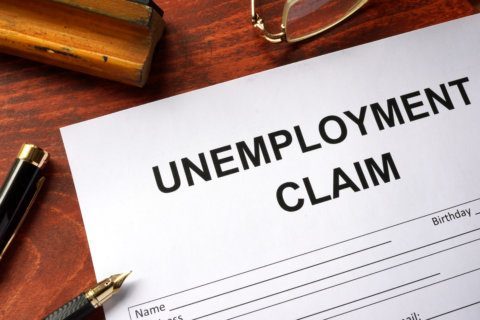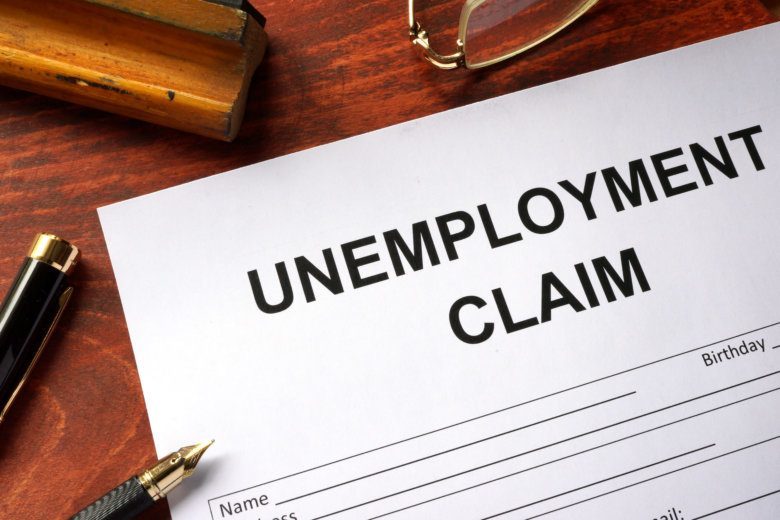This article was republished with permission from WTOP’s news partners at Maryland Matters. Sign up for Maryland Matters’ free email subscription today.

This content was republished with permission from WTOP’s news partners at Maryland Matters. Sign up for Maryland Matters’ free email subscription today.
The official in charge of Maryland’s jobless benefits program said states that circumvented the normal claims process to assist newly-unemployed workers ended up giving money to people who weren’t entitled to it.
During a briefing for the legislature’s COVID-19 Workgroup on Wednesday, Labor Secretary Tiffany P. Robinson rebuffed suggestions that Maryland copy a Vermont program that gives $1,200 payments to people whose benefits claims aren’t resolved within two weeks of being filed.
In announcing the program in April, Green Mountain State Gov. Phil Scott (R) said he wanted to help newly-jobless residents pay their bills while requests for benefits worked their way through the system.
Del. Vaughn Stewart (D-Montgomery) launched a petition drive on Tuesday, calling on Gov. Lawrence J. Hogan Jr. (R) to follow Scott’s lead.
Maryland has been hit with a wave of unemployment claims — more than half a million — due to the collapse of the economy but, like other states, has struggled to cope with the volume, leaving some workers in a financial crisis.
Robinson told legislators that “five or six” states that rushed payments out the door ended up getting burned — including Washington.
“Many of the states that entered into that type of practice, paying immediately upon the filing of a claim … ended up with hundreds of millions of dollars paid out in fraudulent claims,” she said. “So, we have been encouraged not to do that by our federal partners.”
Instead, Robinson said, Maryland is relying on its approach, which has included long hours, the hiring of additional processors and the expansion of its claims processing system to work through its backlog.
“What we have done instead is create multiple automated solutions for different categories of claims … but we do it in a way that maintains program integrity,” she told the panel.
In an interview Wednesday, Stewart called Robinson’s reference to Washington state “a red herring.”
“Washington state did not do what Vermont did,” he said. “Washington state was merely conducting their normal unemployment system and happened to have the misfortune of being targeted by a very sophisticated Nigerian scammer ring that assumed the identities of people, committed identity theft and bilked the state out of $600 million.”
“There is no evidence that their doing expedited approval or preliminary approval, that I can find, had anything to do with them getting fleeced,” he added.
Maryland has approved or rejected 93% of its claims, Robinson said. The remaining 6.5%, about 34,000 benefits requests, are still being processed.
Stewart said Maryland could provide those people with one-time emergency payments similar in size to Vermont’s for $42 million, what he called “a relatively small amount of money.”
Even with Maryland’s move into Phase Two of its recovery plan, the state received more than 41,000 new claims for unemployment benefits last week, the secretary said. Updated figures will be released Thursday morning.
The state has paid out more than $2.7 billion in benefits since the pandemic began, a record amount.
Nearly 20% of claims — about 97,000 — have been rejected because they didn’t meet state and federal requirements, including what the secretary called “complex categories” related to potential fraud, Social Security verification, “alien verification,” pension or severance payments, or part-time work.
“My team is working around the clock to move mountains,” Robinson said.








